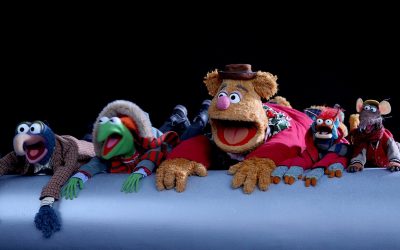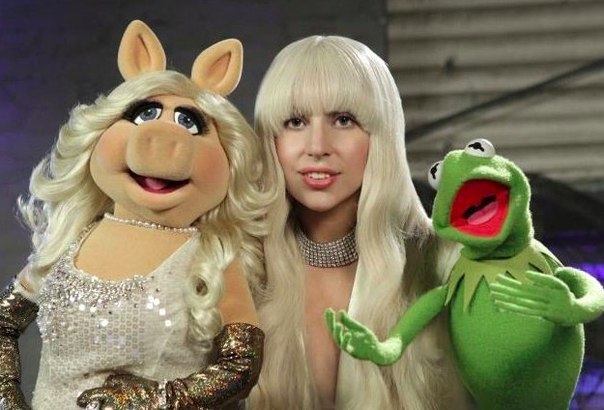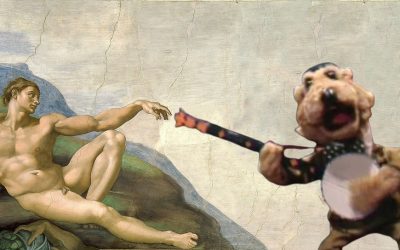
More than a decade ago, I accompanied some fellow Tough Pigs to an event in New York City that was positioned at the intersection of Muppets and queerness. Afterwards, a few of us went out to eat. In discussing the event, I made a statement that led someone I had just met that evening to say to me, “I hate when straight people say things like that.”
A flurry of questions swarmed around my mind. Firstly, since when do our sexual identities dictate how we reflect on a presentation of information? But furthermore, why did this person presume to know my sexuality? The truth is that deep down I knew the answer to that one: I am a cisgender female and my partner is a cisgender male. I am not one to “take it lying down” (I mean this in its most figurative sense; should I make a dirty joke here?), so I snapped back, “Excuse me, but I’m not straight.” I then went on to explain–perhaps not in the most forgiving of tones–that I identify as pansexual.
This incident marked the beginning of the tangible realization that if I continued to stay in a relationship with this cisgender heterosexual man (spoiler: I married him 5 years later–an unmistakably awesome decision), the world was likely going to make assumptions about me–assumptions that would erase the identity that I had carved out for myself in the decade prior.
In my 20s when I was single, dating, and had decidedly a lot more energy, I spent most of my evenings in the city’s array of gay bars and clubs. Individuals I was seeing–regardless of their sexuality or gender–were coming to watch me sing in queer establishments like The Stonewall Inn, Duplex, The Monster, or Splash (RIP). But by the time I attended the aforementioned Muppet event in 2011, I was already 30, and the reality was that I spent most of my evenings watching Netflix and ordering takeout. I was no longer partaking in the activities that I had felt tied me to the LGBTQIA+ community.
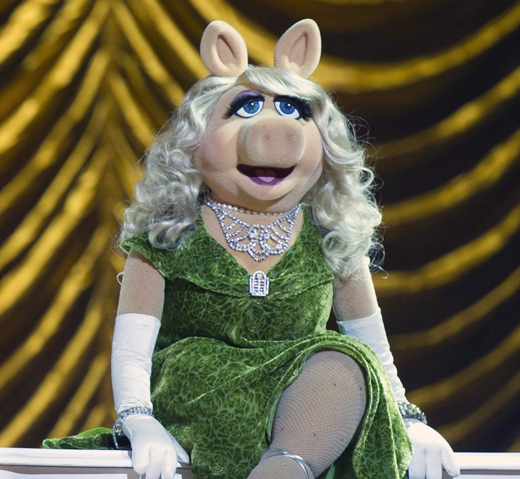
In the ten years that followed, I found myself trying to figure out when and how (and sometimes even why) I tell people about my queer identity. Even though I’m not “on the market” and my queerness doesn’t necessarily play into my everyday life from an outsider’s perspective, it’s still a part of who I am that matters to me.
My journey with the expression of my Muppet fandom has followed an interestingly analogous trajectory. When I lived in NYC, I was able to explore the Jim Henson Exhibition at The Museum of the Moving Image whenever I wanted (during visiting hours, that is). I often attended screenings, interviews and talk-backs, too.
My last city apartment was also covered with Muppet merch. A backlit The Muppets movie poster was the focal point of our living room and inspired our wedding save-the-date magnets. Behind our couch were dozens of stuffed animals that ranged from Walter to Bean Bunny to a Fiery. On the opposite wall were rows of Muppet/Broadway Playbills we designed for our wedding tables.
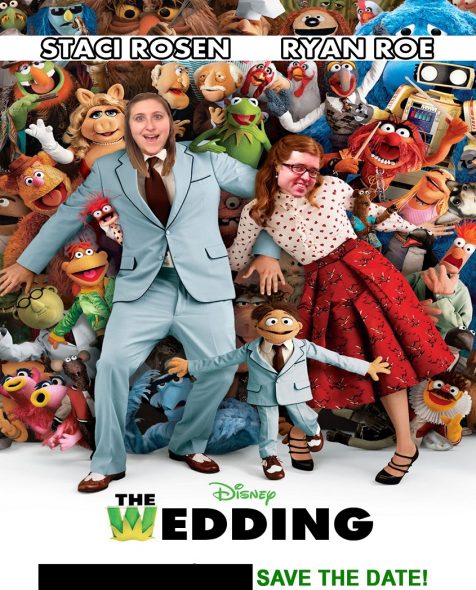
Our guest bedroom was covered in Palisades and Diamond Select action figures. That’s to say nothing of the sheer number of Kermits you could find sprinkled throughout our apartment (I once asked Ryan to close his eyes and guess how many there were and he was off by a factor of at least 2). Suffice it to say, anybody who walked into our home unequivocally knew these people really like funny puppets.
But then we moved from an apartment to a house across the country, and for the first time we had space. A lot of it. Suddenly I found myself with a different design aesthetic, gravitating more towards openness and less towards my formerly maximalist-leaning tendencies. But then I found myself worrying, will people definitely know I’m a Muppet fan?
Sure, we have a little Bunsen doll acting as a bookend to some Marvel comics, an Electric Mayhem glass on the back of a dining shelf, and a Fozzie/banana peel salt and pepper shaker set one shelf over, but all these items are easy to miss. If a Miss Piggy bobblehead falls but nobody noticed it was there in the first place, does it make a sound (“excuse moi”)? If I’m not going to Muppet-themed events surrounded by a community of like-minded nerds, am I still part of that community?
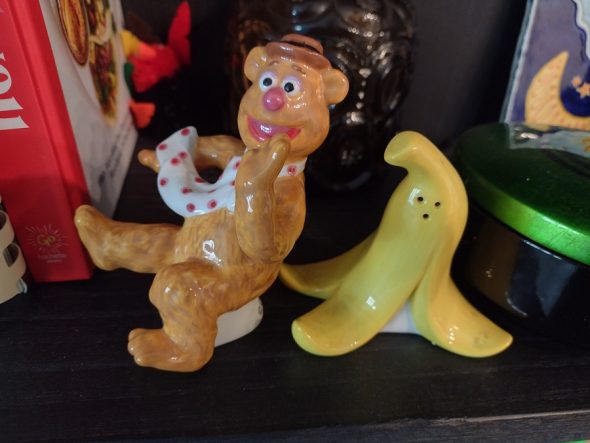
I have to believe the answer is yes. Just like whether I’m in a piano bar in the West Village or at a honky-tonk in Texas I’m still that middle schooler who knew they were in the middle of (and in some ways not even on) the Kinsey Scale, I’m still a Muppet fan–even if none of my neighbors know who Eric Jacobson is and my Kermit Yahtzee head is hidden away in a cabinet.
There are myriad aspects of your identity that you might sometimes need to tell people, and that’s alright. Sure, sometimes you might be wearing it quite literally on your sleeve in the form of a t-shirt or pin, but other times these things can be revealed through meaningful discourse and connection. Hopefully as time goes on and people continue to be exposed to the potpourri of variation that exist in all aspects of identity, they’ll stop making so many assumptions and take the time to get to know who their fellow human beings are.
Click here to close your eyes and guess how many Kermits are on the Tough Pigs forum!
by Staci Rosen

